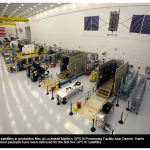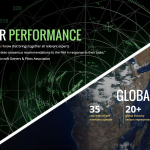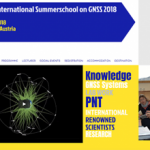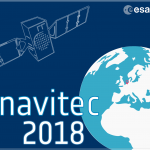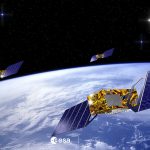Letter About Ligado in Limbo
The issue at hand is whether the Federal Communications Commission (FCC) should allow a change in the use of frequencies close to those used by GPS. Virginia-based Ligado Networks wants to repurpose its satellite frequencies to also support ground-based telecom services. Testing done several years ago and expanded upon more recently has shown such a system could seriously interfere with GPS receivers.
Some three months after a meeting of the key federal agencies using and running the GPS program, they have yet to release a letter stating their recommendation on whether to allow the development of a potentially interfering telecommunication service.
By Dee Ann Divis




